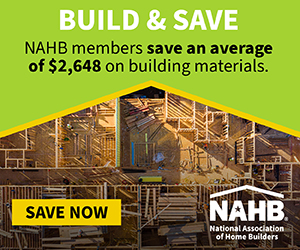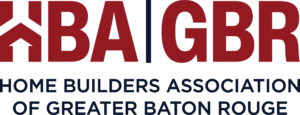
Data from the U.S. Census Bureau’s Survey of Market Absorption (SOMA) show that the absorption rate of unfurnished, unsubsidized apartments (the share rented out in the first three months following completion) remained essentially flat at 58 percent in the third quarter of 2019 (from 57 percent in the third quarter of 2018) (Figure 1).

The number of apartments completed in the third quarter of 2019 totaled to 69,890, a drop from the amount completed in the third quarter of 2018 (75,870). The median asking rent price for apartments completed in the third quarter was $1,654, only 1 percent higher than the median asking price of $1,634 in the third quarter of 2018.
The SOMA also has data on condominium completions and absorption rates (Figure 2). Condominium completions were significantly higher in the third quarter of 2019 (9,169) than they were in the third quarter of 2018 (4,957). But the absorption rate of condominiums fell slightly, going from 68 percent in the third quarter of 2018 to 64 percent in the third quarter of 2019.

The median asking sales price of condominiums was $465,300 in the third quarter, about 15 percent lower than the asking sales price of $545,800 in the third quarter of 2018.
The SOMA data show that the absorption rate for apartments was solid and stable in the third quarter of 2019, while the absorption rate for condominiums dropped only slightly. It is important to note that this data precede the outbreak of COVID-19 pandemic and future SOMA releases won’t show its impact for some time.

















 * Homes with desired features and price point.
* Homes with desired features and price point.






